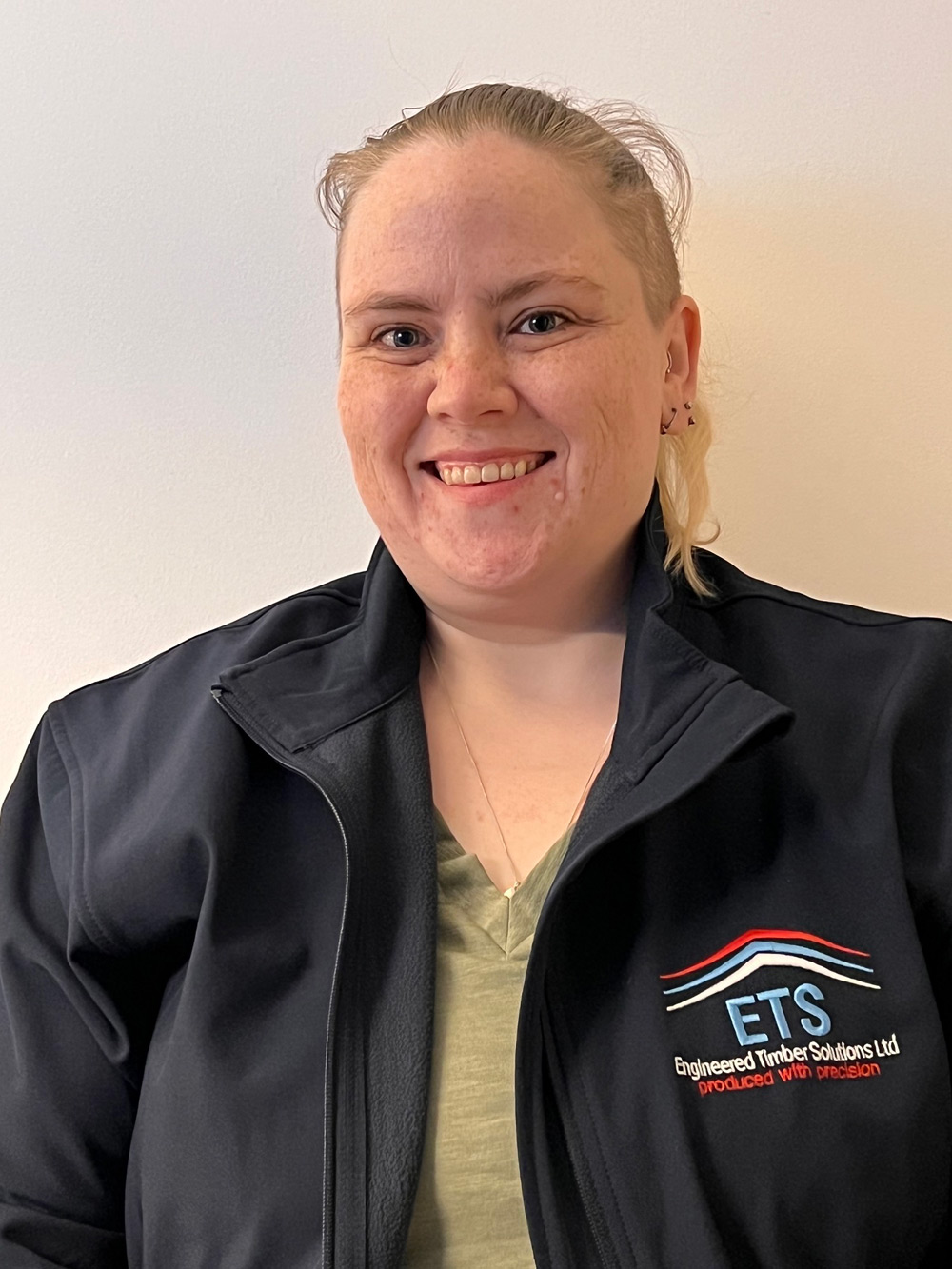TRA launches Designer Development Programme
1 April 2022A new generation of timber engineering specialists are set to benefit from a new training and qualification scheme for designers involved in the trussed rafter industry.
The Trussed Rafter Association (TRA) launched its new Designer Development Programme at a special careers event held this month to help address skills shortages in the industry.
Timber trussed rafters are a very popular, low carbon structural solution for complex roofscapes in housing and other buildings, and are an example of category 3 MMC (pre-manufactured components in Modern Methods of Construction). Almost every TRA member company is looking to recruit new talent into timber engineering roles, particularly designers.
“The Designer Development Programme is a great step forward for our industry, providing a clear training and qualification programme that we believe will enhance the attractiveness of timber engineering as a career choice and will provide formal recognition of the very high technical and business skills required in trussed rafter design,” said Nick Boulton, TRA chief executive Nick Boulton.
“It offers the next generation of designers a structured programme for their development and will provide them with a series of certificates and evidence books to show their progress and increasing experience.”
The TRA’s Designer Development Programme has seven levels and is based on the completion of evidence books in which trainee designers must prove their knowledge and experience, and put theory into practice via five roof design scenarios.
Before starting the Designer Development Programme, candidates must have completed introductory systems training and the TRA online Essentials Training, developed with Edinburgh Napier University.
Then having moved onto the new qualification programme, each set of evidence books is expected to take around six months to a year to complete, giving the trainees plenty of opportunities to encounter a full range of design briefs in the course of their work. They must show their awareness of the commercial and technical aspects of the projects and include proof of their knowledge of safety, efficiency and best practice.
Throughout the programme there are checkpoints at which the evidence books are assessed by an in-house assessor for the first four levels, and externally, by a TRA registered assessor, thereafter.
So far seven trainees have started level one of the Designer Development Programme. Level two is now also available.
One of those trainees is Leah Walters, who works at Donaldson Timber Engineering in Derbyshire and started her career as a receptionist before deciding to re-train as a designer. She took part in the beta testing for the new training programme and will soon be submitting her evidence books to her in-house assessor.
“It’s great to have been involved in testing the programme,” said Ms Walters. “My assessor, David Murphy, has helped me make sure that I’ve experienced all the necessary types of roof design in my day-to-day work so that I can include them in my evidence books, and has supported me throughout.
“It was hard at first because I was new to design, but the books are interactive and link you to helpful notes at the back which play a really big part in your understanding. The books are easy to navigate and it’s straightforward uploading your designs.
“I haven’t felt under pressure to complete the books. I just set aside a few hours a week and felt I was learning on the job. It’s made me think more about feasibility, safety and the commercial aspects of a project before starting the design.”
Jenni Bunny is a trainee designer at ETS Trusses in Shrewsbury. She is on level one of the programme.
“Since being on the programme it makes you think differently about jobs,” she said. “I’m more commercially aware. You have to consider the viability and saleability and the manufacturing side. And of course, really important, the logistics – can we deliver it?
“My mentor at work has said he’s delighted with the progress I’ve made in just 15 months with the company, which has made me feel proud of myself,” added Ms Bunny. “The great thing is that we now have a structured programme to show our knowledge and development as we progress and get more experienced.”
The Designer Development Programme has been developed by the TRA’s training committee led by Richard George, managing director of timber engineering software provider MiTek.
Other member companies involved in creating the programme include Wolf Systems, ETS, ITW Construction Products Donaldson Timber Engineering, Armstrong Timber Engineering, National Timber Systems, Arnold Laver, Pasquill, Trussform DWB Group and Crendon Timber.
The TRA represents the trussed rafter and metal web joist industry in the UK and Ireland. Members include the principal manufacturers of trussed rafters, metal web joists, suppliers and professionals involved in roof truss and engineered wood floor joist design and manufacture.
